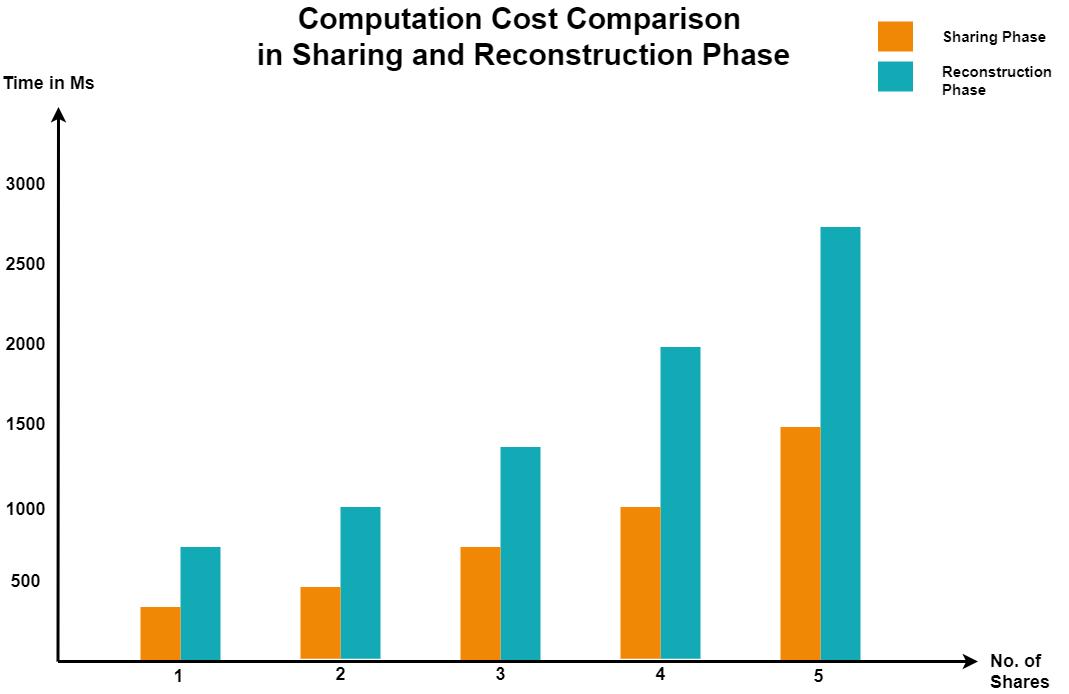
2 minute read
Sharing Encoding
e-ISSN: 2582-5208 International Research Journal of Modernization in Engineering Technology and Science
Volume:02/Issue:08/August -2020 Impact Factor- 5.354 www.irjmets.com
Advertisement
Figure:1 Proposed System Block Diagram
1. Encryption
The encryption is implemented as a process which transfers an original image into one-dimensional noise like data sequence. 1. By using a chaotic map, random sequences are generated 2. In the beginning, a random number generator is used to produce a security key. 3. Then the original image is scanned from left to right and then up to down fashion and it is transformed into a one-dimensional data matrix. 4. Then the random sequences are applied to the substitution process which encrypts the data matrix into a onedimensional matrix. 5. This encrypted one-dimensional data matrix is at last combined with the security key and the final encrypted data sequence is obtained.
2. Sharing Encoding
The system uses four major steps to generate sharing encoding. The first step isto produce the (k, n)-sharing the matrix as shown in fig 2. We repeat the process to generate the (k, n) sharing matrix in order to make the sharing matrix be of the same size as encrypted data as the reference for sharing encoding. The (k, n) sharing matrix consists of 0 or 1 values. Every single value from the encrypted data matrix is checked against its corresponding value from the sharing matrix from a similar location. If this value is equal to one then it is retained in the data sequence else if the value is zero then it is removed from the data sequence. Thus by using this referenced process, the encoded matrix is generated from the encrypted data matrix and sharing matrix. After generating the encoded matrix, all the important information will be fused into each one-dimensional encoded share. Since the final output should be in two dimensions, a transformation from one dimension to two dimensions is applied to each one dimension encoded matrix share. The process of sharing matrix generation is shown in Fig 2
Figure:2 Generation of (k, n) sharing matrix The steps involving generation of sharing matrix are explained as below 1. Generation of initial matrix. In Generation of the initial matrix, a matrix M1 with the size of (2k-2) x 1 is constructed such that it contains (k -1) zeros and (k-1) ones. Then all the possible permutations of M1 are generated as M2, M3, M4,.., Mn. The initial matrix S0 is generated by concatenating all these permuted matrices. 2. Expansion of initial matrix. The expansion of initial matrix S0 is to generate a new matrix Se of larger size concerning the value of n. The self-repeating process is used to expand S0 to obtain a new expanded matrix
Se. 3. Row extraction. According to the user’s setting or a random sequence, row extraction randomly selects n rows of elements from large expansion matrix to obtain the final (k,n) sharing matrix. www.irjmets.com




